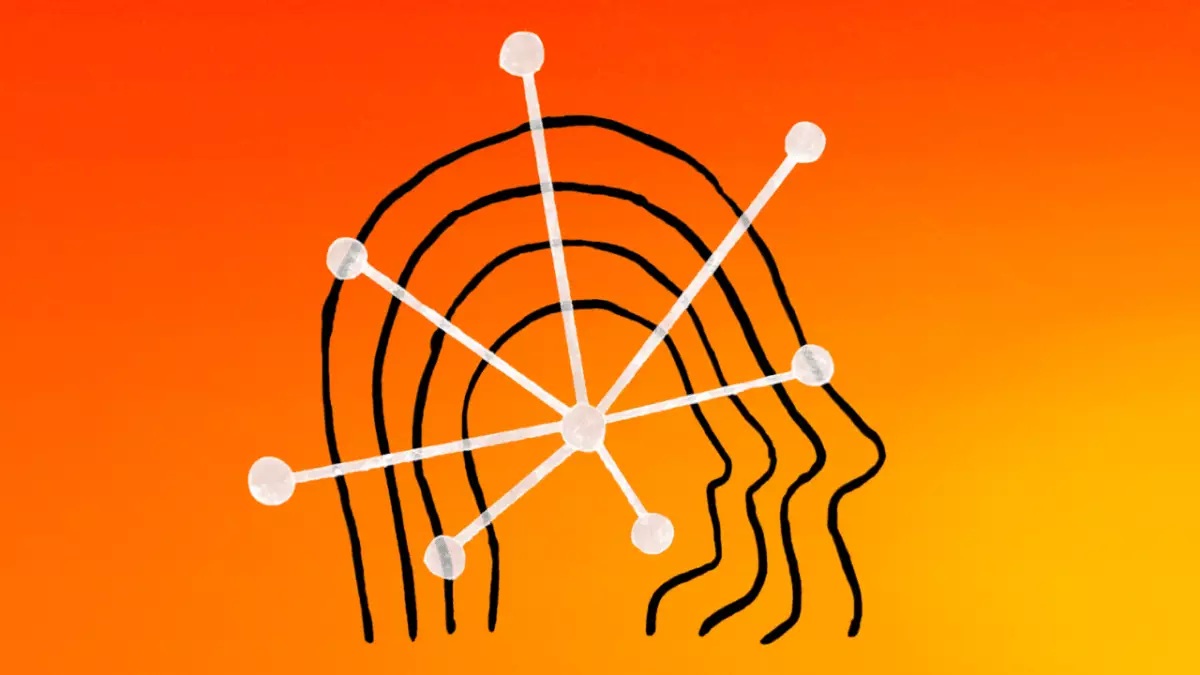The rapid advancement of artificial intelligence continues to reshape industries, and Anthropic has made its latest move with the introduction of Claude 3.5 Haiku. This model promises enhanced capabilities compared to its predecessors, notably Claude 3 Opus and Claude 3 Haiku, albeit at a significantly steeper price point. The introduction of this model marks a pivotal moment in AI, as it reflects both the intensifying competition in the market and the growing expectations for AI performance.
One of the most noteworthy aspects of the Claude 3.5 Haiku is its performance on specific benchmarks, where it reportedly equals or even surpasses the previously dominant Claude 3 Opus. This improvement is not unprecedented; in the realm of AI, continual enhancements are expected as developers refine their algorithms. However, the cost associated with utilizing Claude 3.5 Haiku has drawn considerable scrutiny. Initially, Anthropic suggested that the new model would have similar pricing to its predecessor, but following final testing—where Claude 3.5 Haiku outperformed Claude 3 Opus—it appears that pricing has escalated significantly. Starting prices now sit at $1 per million input tokens and $5 per million output tokens, which represents a staggering fourfold increase compared to Claude 3 Haiku.
This dramatic price hike raises important questions about accessibility for developers, especially startups and smaller businesses. The previous pricing model was already a barrier for some, and with this substantial increase, the potential for widespread adoption of Claude 3.5 Haiku may be constrained. While the model’s enhanced capabilities might justify the higher expenses for larger corporations or data-driven enterprises, smaller entities might find themselves at a disadvantage, unable to harness these advancements without significant financial commitment.
An important limitation of Claude 3.5 Haiku is its current inability to analyze images—a feature found in Claude 3 Haiku. In a landscape where multi-modal AI systems that can process both text and images are increasingly prevalent, this omission paints a picture of a model that, while advanced, may not fully meet the comprehensive needs of many users. The lack of image analysis capabilities is particularly glaring in configurations where visual data processing is a critical component of tasks. As AI’s integration into more sectors becomes the norm, the absence of such features in the newest model is less of a mere oversight and more a potential drawback.
While Claude 3.5 Haiku represents a notable advancement in AI technology, its introduction comes with caveats that merit careful consideration. Developers must balance the potential benefits of enhanced performance against the challenges posed by increased costs and feature limitations. Moving forward, Anthropic will need to address these disparities to ensure that their innovations are not just cutting-edge, but also accessible to a broader range of users in an increasingly competitive AI landscape.

